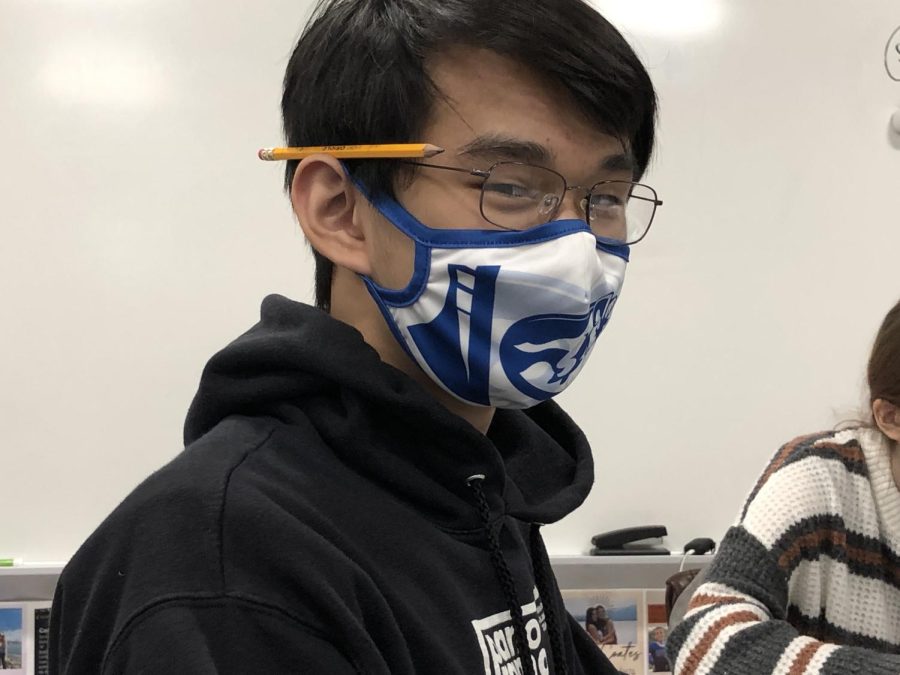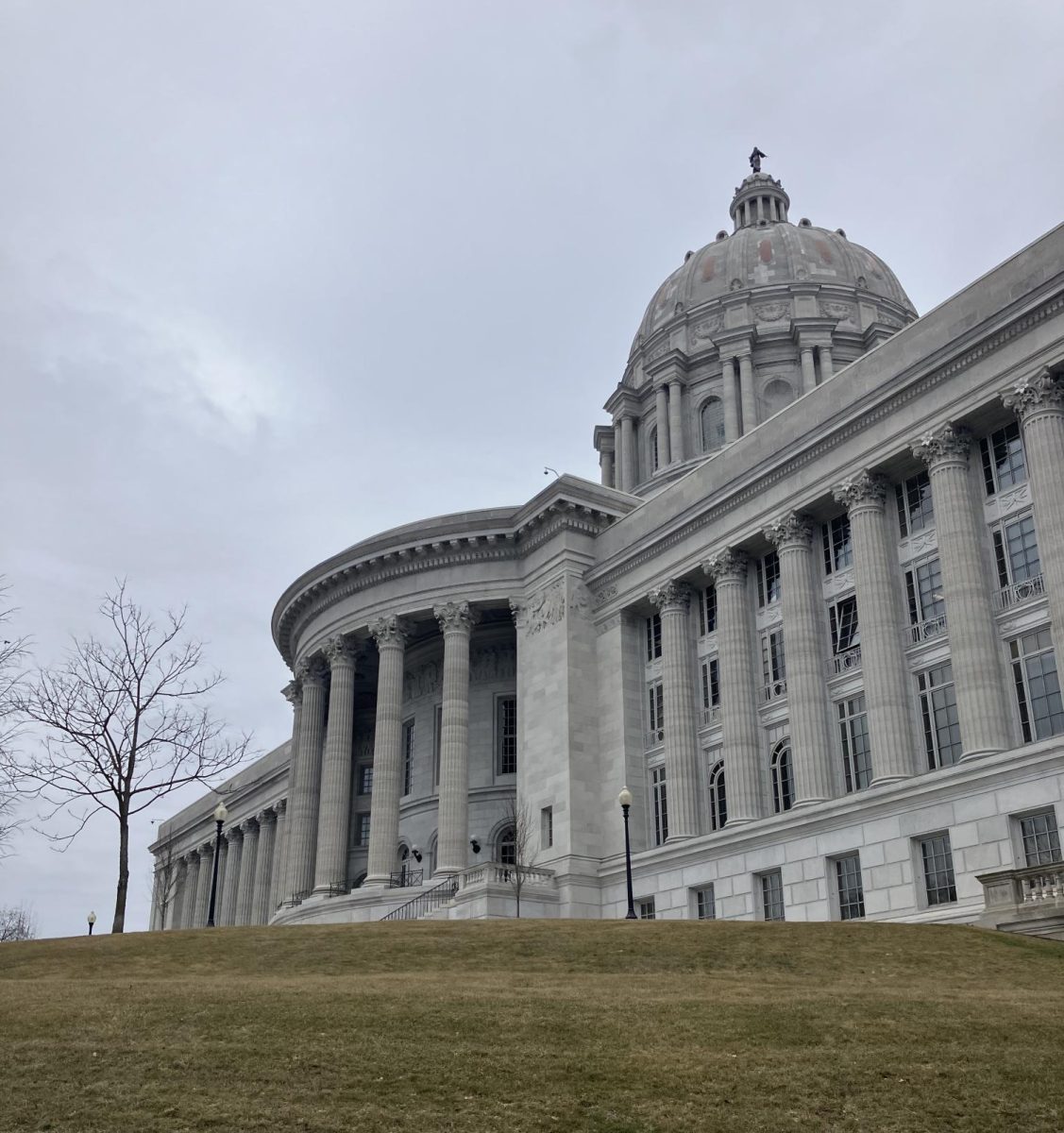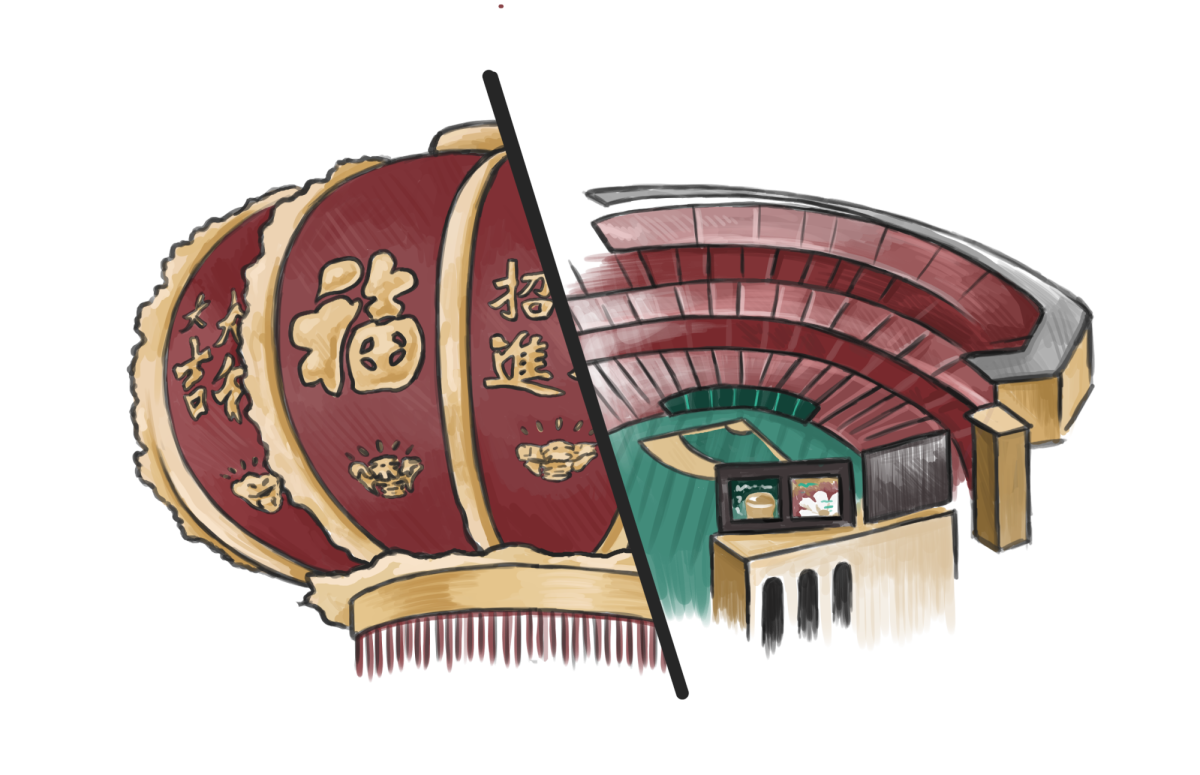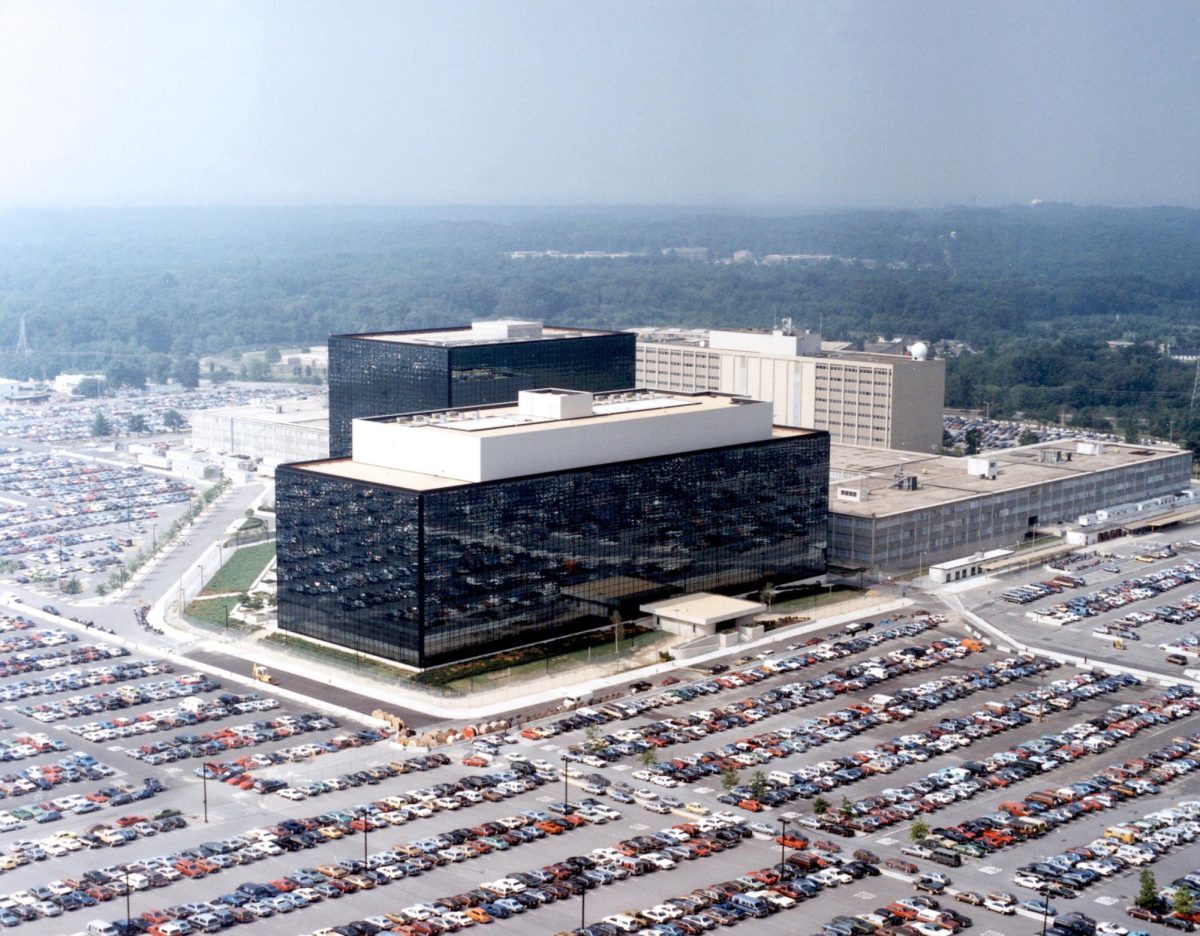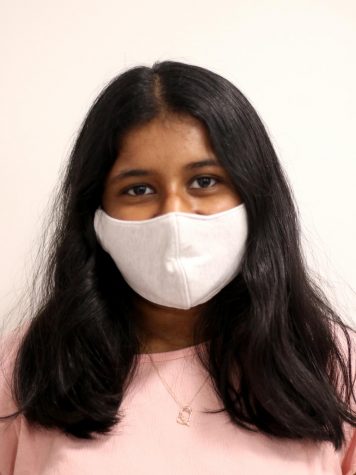If you’re Asian or have any Asian friends, you’ve all heard the trope about “How hard it is to be Asian; people think we’re so smart and our immigrant parents have such high expectations,” and so on. We sit around joking about being the “model minority,” while at the same time, reaping the benefits from it. While the model minority myth fails to consider the oppression Asians dealt with when first coming to America, it also gives us a Golden Ticket. A ticket to a fairytale world in which America has created for us to live in, where we too share privileges with white people, where we too can be seen as equals and not inferiors, where we are the model minority. It’s easy to close your eyes and live in this world, being blind to not only your oppression, but the oppression of others. Much like puppets on a string, America has done a good job controlling us. We are good respectable citizens that have “good jobs” and “hate criminals,” we are everything America wants us to be. As long as we continue to put on a show for those people in power, we are gifted.
What is the model minority? According to Harvard.edu, the term “model minority myth” is “used to refer to a minority group perceived as particularly successful, especially in a manner that contrasts with other minority groups.” While the term model minority has been around for decades, it’s no surprise that America actually had opposing views only a little while before. Asian Americans were not welcome in the country which had encouraged “whites only immigration.” In the early 1900s, South Asians were seen as disgusting in looks and manners. In 1907 the entire South Asian population was forced out of Bellingham by a group of five hundred white men rioting against them. Xenophobia was spreading rapidly which we saw through “yellow peril.” Chinese people were seen as “dirty and unlawful,” and as “gamblers and prostitutes.” This narrative continued and eventually led to the Chinese Exclusion Act. This act was the first law in US history to exclude immigrants based solely on race. During this low point in Asian American immigration, Asians fought desperately to become citizens of the US and failed. What followed next was the internment of Japanese Americans. The Executive Order 9066 signed in 1942, authorized the incarceration of anyone under suspicion as enemies. This allowed for racial profiling of Japanese people, who were disproportionately incarcerated more than any other race during this time. Anti-Asian sentiment has lasted for decades, in ways more than just micro aggressions. After the Immigration and Nationality Act of 1965, immigrants of family and skill were allowed into the country, including higher educated and skilled Asian Americans. This sparked the model minority myth we hear today. The term “model minority” first appeared in 1966, in The New York Times magazine called “Success story: Japanese American Style,” written by sociologist, William Peterson. The Japanese were praised for using “hard work” and “determination” to overcome the discrimination they faced in America, sending a message to other minorities, “Look! If they can do it, why can’t you?” Soon, various articles were being published about the Asian American work ethic, their tremendous success and “superior” genetics. A new narrative was born, one that tried to cover up years of institutional racism that Asian Americans faced.
Constantly, we hear stories about Asian Americans being the most prosperous groups in the country. However, these stories fail to take into account the hardships Asian Americans faced and still continue to face. While Chinese Americans and Indian Americans are more successful, Korean Americans and Vietnamese Americans have lower average earning than most of America. By grouping Asian Americans into one big statistic, people forget that each group is treated differently. Much like the seemingly positive reinforcement of “Asians are so smart and hardworking,” which stereotypes every Asian American. Many do not fit this mold, because it doesn’t take into consideration the multiple cultures and backgrounds that are forced under one label. The model minority myth also places high expectations on Asian American kids and they believe they’re not good enough when they don’t reach those expectations. The feelings of not “good enough,” turn into insecurity, and feelings of self-doubt. However, they are less likely to notice a decline in their mental health. According to the ADAA, Asian Americans are 3 times less likely than their white counterparts to seek treatment for their mental health. Being aware of how other Americans perceive Asian Americans, can make them reluctant to admit that they don’t fit the stereotype and even harder for them to step up and get help.. This stereotype has also created a prejudice against Asian Americans due to their high achievement. Many believe that Asian Americans are succeeding too much, and they’re taking away resources and jobs away from white people. Though these effects alone are bad, it doesn’t compare to the barrier in which the model minority myth created between minorities.
Before the story of the model minority took off, the discrimination Asian Americans faced created solidarity with African Americans. The civil rights movement had led Asian Americans to find inspiration from Black leaders while also fighting beside them. Most of the rights we have today, we owe to the fight of African Americans, including our birthright citizenship. Like during the Third World Liberation Front at San Francisco State and UC Berkeley, in the late 60s, in which Asian American and Black students fought together for equal education opportunities and an ethnic studies program. However, when Black power movements were on a rise, the model minority myth started to grow more rapidly in an attempt to counter their developments. The model minority myth is used as a pawn in white supremacy, to keep Asian Americans in line and destroy solidarity between minority communities. Describing a race as the model or as good automatically implies that there is a race which is less or “bad.” Best said by Asian American author, Frank Chin, in 1974, “Whites love us because we are not black.” Soon, America was using the model minority to fit their narrative that white privilege doesn’t exist and that if Asians can make it America, every race can make it in America. They could now pass as the racially diverse and liberal country that it’s always wanted to be, while turning their heads to the systemic oppression of Black Americans. Trying to use it as an advantage, Asian Americans started to internalize the model minority myth in order to no longer be seen as an enemy but to be accepted by white people. If they pretended to be who America wanted them to be, they could move up the ladder and even be “honorary whites.” This was the start of the now rapid increase of anti-blackness in Asian American communities which is evident through their colorism, appropriation, and racial profiling. White America has succeeded in keeping up the barriers and letting us feel like we are equals while we look down on other racial minorities.
While the impacts of the model minority myth will truly never go away, every show comes to an end at one point. It’s up to us to educate others and continue this discussion in order to finally be free from the strings that America has tied us to. The model minority was never and will never be on our side, so while we must acknowledge the privilege it’s given us, we also must work together to combat it. It’s time to stop being complicit like America wants us to be.


